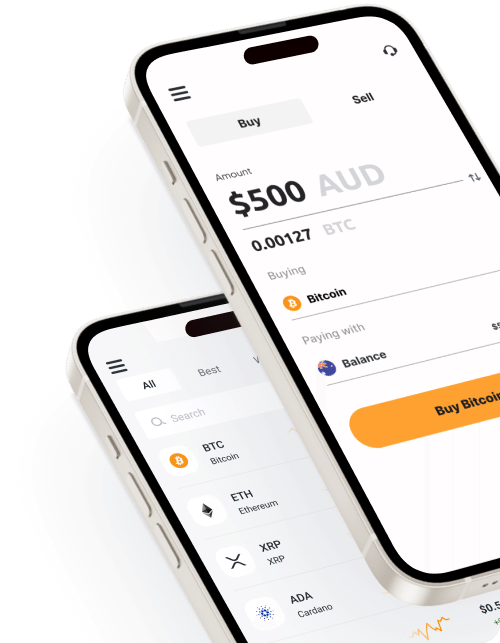
Imagine you’re buying crypto, expecting to pay $100, but the final price ends up being $105. Or you’re selling, and instead of getting $50, you get $48. That difference between the price you expect and the one you actually get is called slippage.
Slippage happens when the price changes between when you place your trade and when it’s fulfilled.
Understanding slippage
The amount a price slips between placing the order and it getting fulfilled mostly comes down to liquidity and volatility.
Liquidity
Liquidity refers to the amount of buyers and sellers in the market. If tons of people are buying and selling crypto (like Bitcoin), it’s a busy market with high liquidity. This means you can buy or sell at a stable price because there are plenty of people ready to trade with you.
In a low-liquidity market, where fewer people are trading, the prices available can vary a lot. You might have to pay more than expected because there aren’t many sellers. If you’re selling, you might get less because buyers are scarce. This price variation is slippage.
A simple way to think about it: buying a TV
Let’s say you want to buy a specific TV.
- If there are only two sellers, one might want $1,000, and the other $1,200. You don’t have many options, so the price you pay might not be ideal.
- But if there are 10,000 sellers, it’s more likely that many of the prices will be very similar, with more sellers between the $980 and $990 mark.
The more buyers and sellers, the smoother the price. Fewer participants = bigger price gaps and higher slippage.
Volatility
Volatility refers to how quickly prices move up and down in the market. Crypto is known for being volatile, prices can swing within seconds.
If the price of Bitcoin jumps while your trade is being processed, you might end up buying at a higher price or selling for less than you planned.
Highly volatile markets can create opportunities for big gains (like an investor who bought Moodeng and earned a 2,554x return in 15 days), but they also come with higher risks (like the zeroing out of the HawkTuah coin).

Best ways to reduce price slippage
While it’s not possible to eliminate slippage entirely, there are proven strategies to minimise its impact:
- Break up large orders: Consider breaking large trades into smaller orders. This allows the market to absorb your trades gradually, reducing the risk of significant slippage.
- Trade in liquid crypto pairs: Major cryptocurrencies (Bitcoin, Ethereum, and top altcoins) have more buyers and sellers than lesser-known crypto, so they’re less prone to slippage.
- Trade during periods of high activity: Timing matters! You’ll see lower slippage when more people are trading. Best times for Aussies:
- Morning (7am–11am AEST) – when the US is still online
- Evening (8pm–11pm AEST) – overlap with the start of the US trading day
- Use an OTC desk: An over-the-counter (OTC) desk handles large trades that would normally incur slippage in a single market. For trades over $50,000, our OTC desk can help minimise price slippage on large orders. It’s like having a personal broker who can fill big trades privately and spread them across multiple markets.



